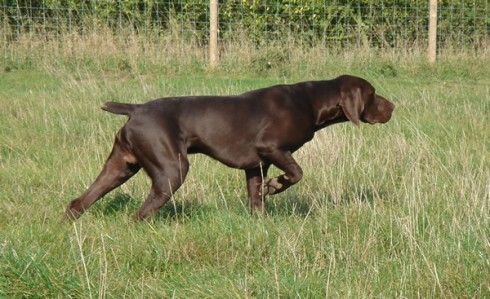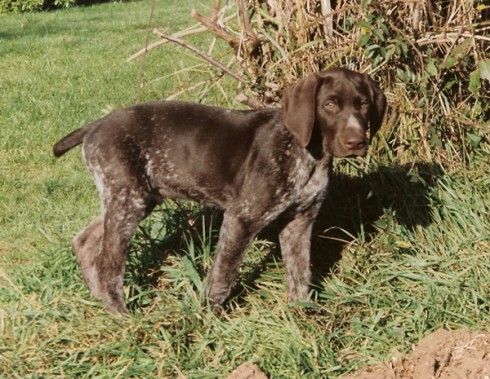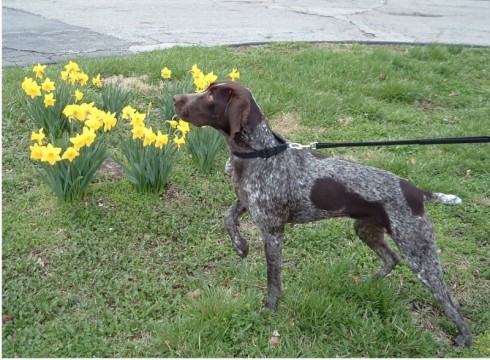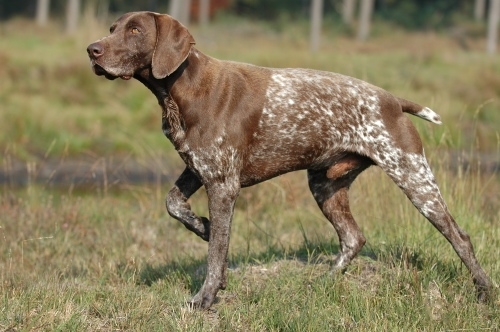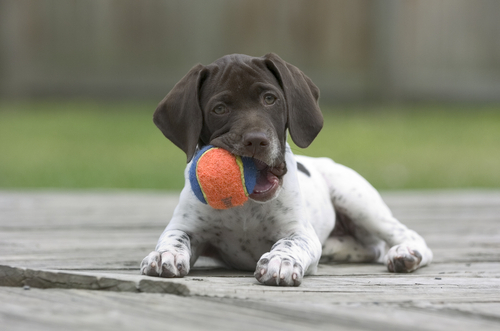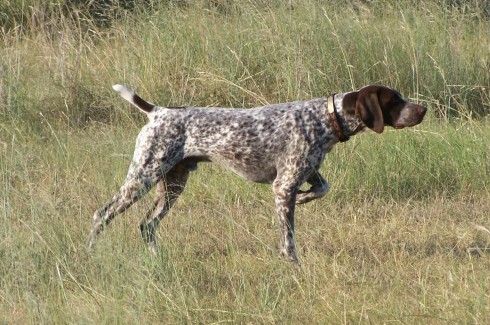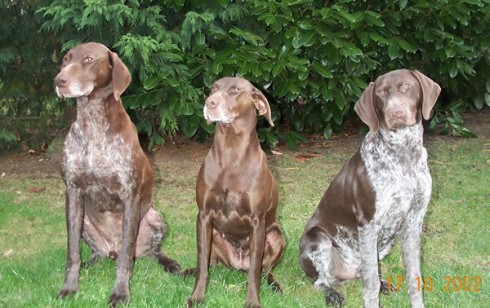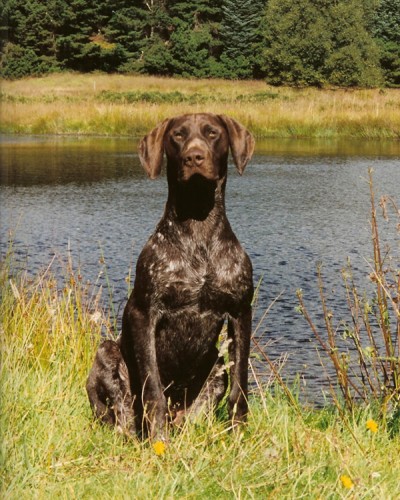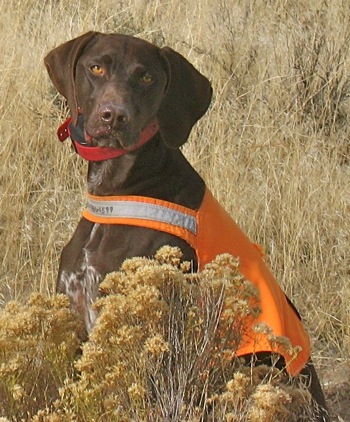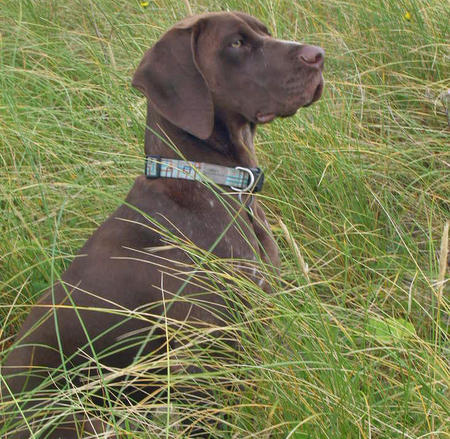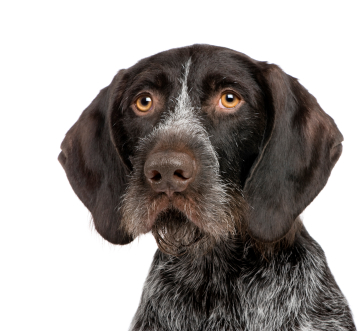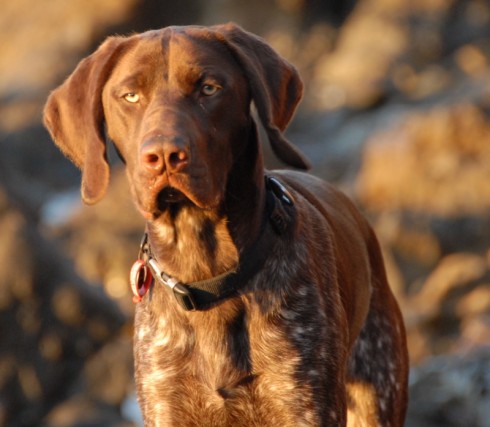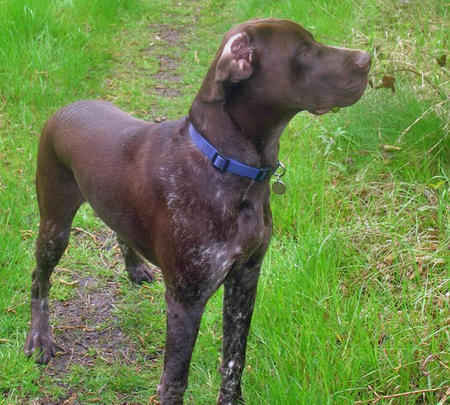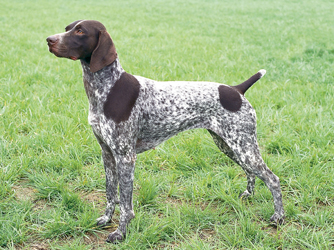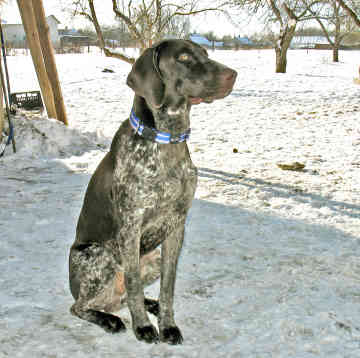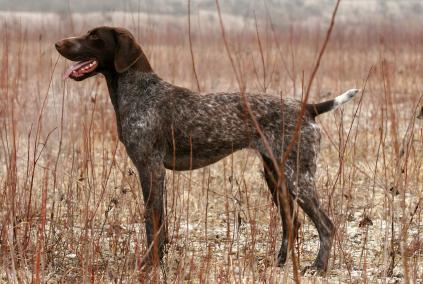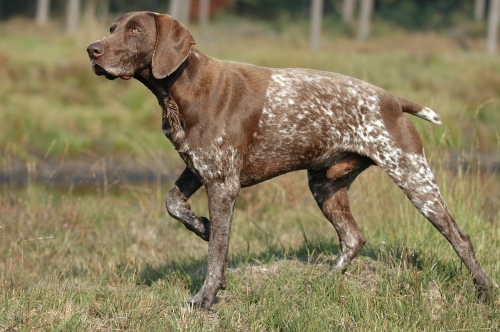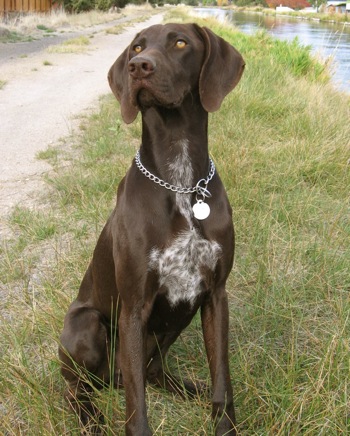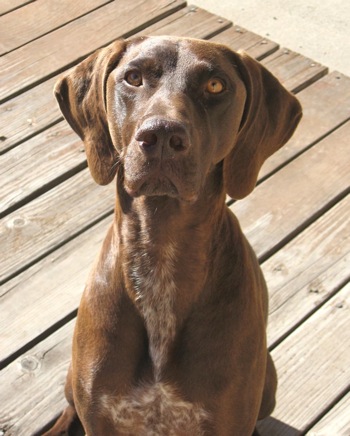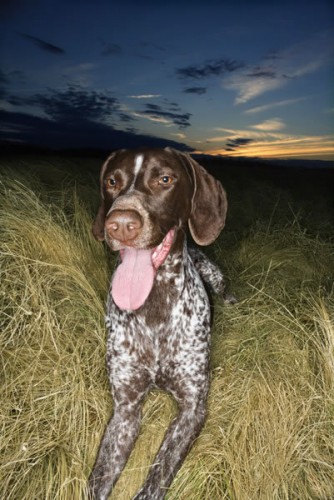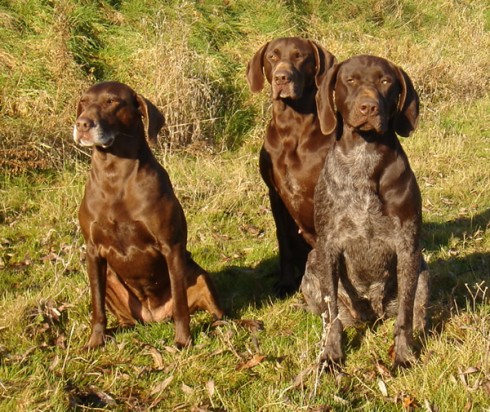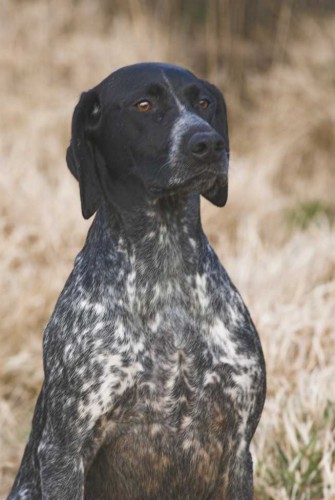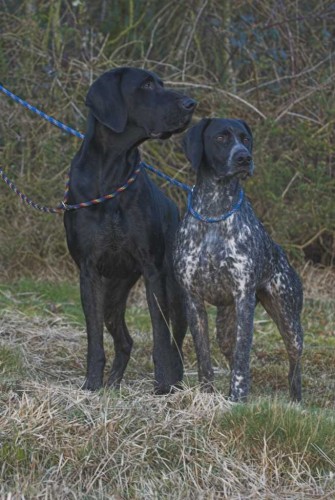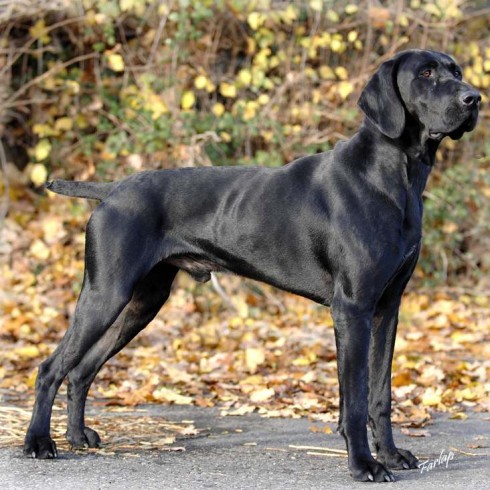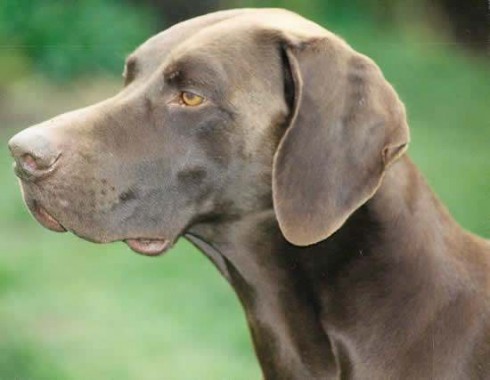Main Index
In Store
Our Web Store
Miniature Schnauzer Picture Gallery
Latest Dog Blogs
- What Are The Basic Commands To Train A Dog?
- PaySafe As The Most Popular Type Of Deposit
- Everything You Need To Know About Pet Sales
- Dogs Contribute To Our Physical And Mental Well Being
- How To Choose Where To Bet On Greyhounds In 2022
- Volunteer With Animals - How To Help Dogs Around The World
- Basic Understanding Of The House Edge
- Why You Should Get A Dog
- Top 20 Popular Dog Names Around The World
- Constipation in Dogs and How to Find Solutions
German Shorthaired Pointer
German Shorthaired Pointer Picture Gallery
German Shorthaired Pointer Breeders
German Shorthaired Pointer Clubs/Associations
The Full German Shorthaired Pointer Description
The German Shorthaired Pointer is a medium-size, versatile sporting dog. He is also an even-tempered and loyal family watchdog and companion. His endurance, intelligence, and nobility are reflected in his handsome appearance: a deep chest, smooth pace, and dignified expression.
Did you know?
German Shorthaired Pointers are versatile hunters and all-purpose gun dogs.
So you want to own a German Shorthaired Pointer?
A German Shorthaired Pointer is a hardy dog who makes a great companion in the field or the home.
The German Shorthaired Pointer needs exercise, which makes him better suited for families who live in the country.
The German Shorthaired Pointer is an affectionate breed who loves his home and family.
The history of the German Shorthaired Pointer starts with the dogs which were used for the hunt with nets on feathered game, especially in the Mediterranean countries, and in combination with falconry. Via France, Spain and Flanders the Pointers came to the German courts. The most important distinctive feature of these dogs was their pointing performance. After the first double-barreled gun was made (1750), a pointing dog was even more required. In full sight of the dog "game birds in flight" were shot. That was the beginning of the transition from a mere pointer to a versatile gundog. As a fundamental basis for the structure and development of the breed the " Zuchtbuch Deutsch Kurzhaar" (Studbook) has been published since 1897. It was Prince Albrecht zu Solms-Braunfeld who compiled breed characteristics, judging rules for conformation and finally also simple trial regulations for hunting dogs. Today the German Shorthaired Pointer still passes through the filter of elaborated breeding- and trial regulations.
The standard stipulates the constitution of the German Shorthaired Pointer, as a versatile hunting dog, which enables him to perform all requirements in connection with hunting activities, even when advanced in age.
Indicative Breed Standard
General Appearance
Noble, steady dog showing power, endurance and speed, giving the immediate impression of an alert and energetic dog whose movements are well coordinated. Of medium size, with a short back standing over plenty of ground. Grace of outline, clean-cut head, long sloping shoulders, deep chest, short back, powerful hindquarters, good bone composition, adequate muscle, well carried tail and taut coat.
Characteristics
Dual purpose Pointer/Retriever, very keen nose, perseverance in searching and initiative in game finding, excellence in field, a naturally keen worker, equally good on land and water.
Temperament
Gentle, affectionate and even-tempered. Alert, biddable and very loyal.
Head and Skull
Clean-cut, neither too light nor too heavy, well proportioned to body. Skull sufficiently broad and slightly round. Nasal bone rising gradually from nose to forehead (this more pronounced in dogs) and never possessing a definite stop, but when viewed from side a well defined stop effect due to position of eyebrows. Lips falling away almost vertically from somewhat protruding nose and continuing in a slight curve to corner of mouth. Lips well developed, not over hung. Jaws powerful and sufficiently long to enable the dog to pick up and carry game. Dish-faced and snipy muzzle undesirable. Nose solid brown or black depending on coat colour. Wide nostrils, well opened and soft.
Eyes
Medium size, soft and intelligent, neither protruding nor too deep-set. Varying in shades of brown to tone with coat. Light eye undesirable. Eyelids should close properly.
Ears
Broad and set high; neither too fleshy nor too thin, with a short, soft coat; hung close to head, no pronounced fold, rounded at tip and reaching almost to corner of mouth when brought forward.
Mouth
Teeth sound and strong. Jaws strong, with a perfect, regular and complete scissor bite, i.e. upper teeth closely overlapping lower teeth and set square to
the jaws.
Neck
Moderately long, muscular and slightly arched, thickening towards shoulders. Skin not fitting too loosely.
Forequarters
Shoulders sloping and very muscular, top of shoulder blades close; upper arm bones, between shoulder and elbow, long. Elbows well laid back, neither pointing outwards nor inwards. Forelegs straight and lean, sufficiently muscular and strong, but not coarse-boned. Pasterns slightly sloping.
Body
Chest must appear deep rather than wide but in proportion to rest of body; ribs deep and well sprung, never barrel-shaped nor flat; back ribs reaching well down to tuck-up of loins. Chest measurement immediately behind elbows smaller than about a hand’s breadth behind elbows, so that upper arm has freedom of movement. Firm, short back, not arched. Loin wide and slightly arched; croup wide and sufficiently long, neither too heavy nor too sloping starting on a level with back and sloping gradually towards tail. Bones solid and strong. Skin should not fit loosely or fold.
Hindquarters
Hips broad and wide, falling slightly towards tail. Thighs strong and well muscled. Stifles well bent. Hocks square with body and slightly bent, turning neither in nor out. Pasterns nearly upright.
Feet
Compact, close-knit, round to spoon-shaped, well padded, turning neither in nor out. Toes well arched with strong nails.
Tail
Customarily docked. Docked: Starts high and thick growing gradually thinner, customarily docked to medium length by two fifths to half its length. When quiet, tail carried down; when moving, horizontally. Never held high over back or bent. Undocked: Moderately long, not reaching below hocks. Strong at root, becoming gradually thinner. Carried horizontally or just below line of back.
Gait/Movement
Smooth, lithe gait essential. As gait increases from walk to a faster speed, legs converge beneath body (single tracking). Forelegs reach well ahead,
effortlessly covering plenty of ground with each stride and followed by hindlegs, which give forceful propulsion.
Coat
Short, flat and coarse to touch, slightly longer under tail.
Colour
Solid liver, liver and white spotted, liver and white spotted and ticked, liver and white ticked, solid black or black and white same variations (not tri-colour).
Size
Dogs: minimum height 58 cms (23 ins) at withers, maximum height 64 cms (25 ins) at withers. Bitches: minimum height 53 cms (21 ins) at withers, maximum height 59 cms (23 ins) at withers.
About Our Article Directory
- Article
- 27 November 2010
- 2 comments
Canis lupus familiaris
- Breed Article
- 29 May 2010
- No comments
Discoid Lupus
- Article
- 31 January 2010
- No comments
Quick Search
Donate
Latest Dog Pods
- Tips on How to Stop Your Dog from Biting
- Beware - Not All Advertised Dog Rescues Really Are! How Can You Know The Truth?
- Helpful Tips For Dog Obedience Problems
- How to Keep Dogs From Eating Poop
- Dog Grooming Tips - A General Overview of the Very Basics of Dog Grooming
- Recognising Different Types of Dog Obedience Problems
- 5 Important Tips On Feeding A Puppy


